, Paul D. Siney1 and Patricia A. Fleming1
(1)
The John Charnley Research Institute Wrightington Hospital, Wigan, Lancashire, UK
“The only operation that ever could be universal would be an arthroplasty, because this is a reconstruction of a normal joint” 1959
Charnley’s interest in the mechanics of the hip joint started early – whilst still a medical student. Later Charnley wrote “the hip joint, which is an almost perfect ball and socket, is frequently affected by types of arthritis which destroy the rubbing surfaces and distort the geometry of the concentric spherical surfaces, with the result that motion is restricted and pain develops.”
Past attempts to replace one or both surfaces offered only a short term solution; “…failure can be most commonly traced to the failure to maintain a sound mechanical bond between the artificial part (the prosthesis) … and the living bone.”
Charnley identified the problems of arthritis as: failure of geometry commonly referred to as “worn joint” clinically presenting as pain, restriction of movement of the joint and patient’s mobility.
Synovial fluid lubrication of normal joints was the accepted theory. The only published experimental work on lubrication of animal joints was that of Dr E Shirley Jones (Fig. 1.1) – (Joint Lubrication: Lancet 1936: 1; 1043).
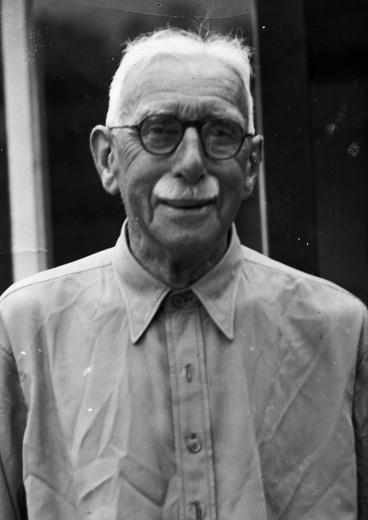

Fig. 1.1
Photograph of Dr E.S. Jones
Charnley corresponded with Dr Jones (Fig. 1.2) on the subject. It may, therefore, be of some interest to refer to some of the experimental work by Dr Jones (Figs. 1.3, 1.4, 1.5, and 1.6) on the subject.
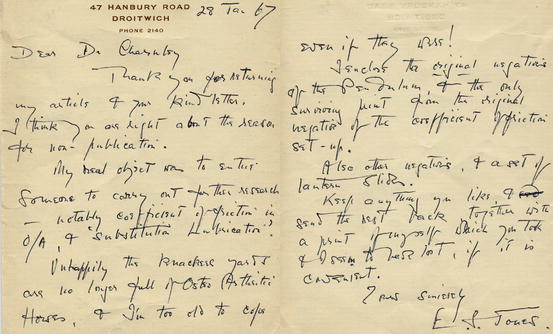
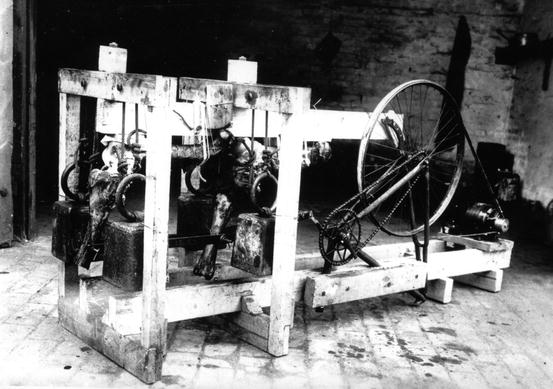
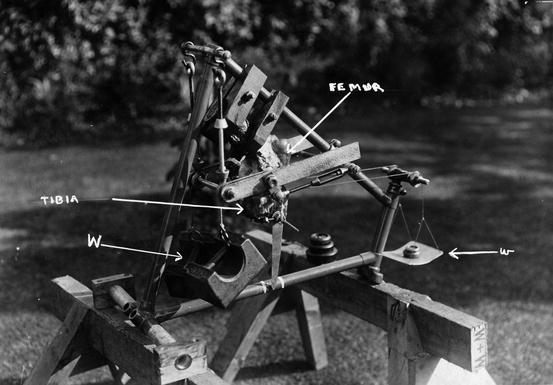
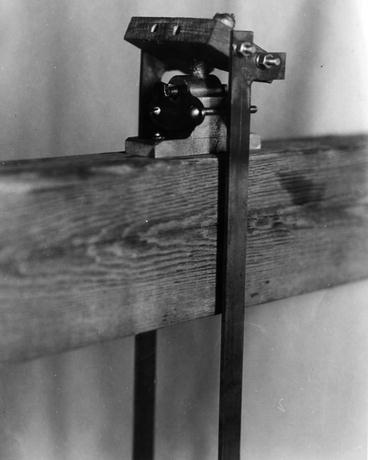
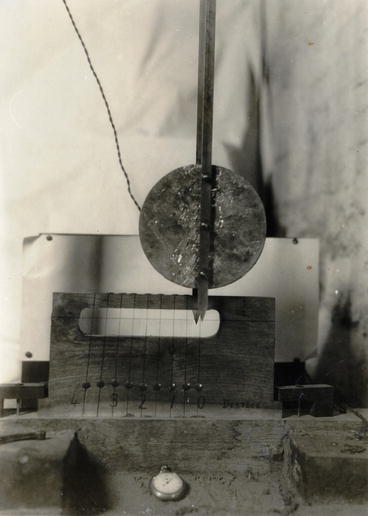

Fig. 1.2
Letter to Charnley from Dr ES Jones

Fig. 1.3
Jones’ experimental work on measuring coefficient of friction and lubrication in animal joints

Fig. 1.4
Jones’ experimental work on measuring coefficient of friction and lubrication in animal joints

Fig. 1.5
Jones’ experimental work on measuring coefficient of friction and lubrication in animal joints

Fig. 1.6
Jones’ experimental work on measuring coefficient of friction and lubrication in animal joints
The detailed analysis and the interpretation of the experimental work, both that of Jones and Charnley is outside the scope of this work; our interest lies in the evolution of the concept of the Charnley hip replacement.
Lubrication
Charnley offered evidence for various possible modes of joint lubrication and suggested that if fluid film lubrication was the method that prevailed, then materials used for the replacement of joint surfaces would be less important than the geometry and viscosity of the lubricating fluid. He was in favour of hydrodynamic lubrication of natural joints; “… a lubricant has an affinity for the surface it lubricates so that when motion takes place between two such lubricated surfaces it takes place between monomolecular films of lubricant chemically adherent to the underlying surface” (1959).
Stay updated, free articles. Join our Telegram channel

Full access? Get Clinical Tree








